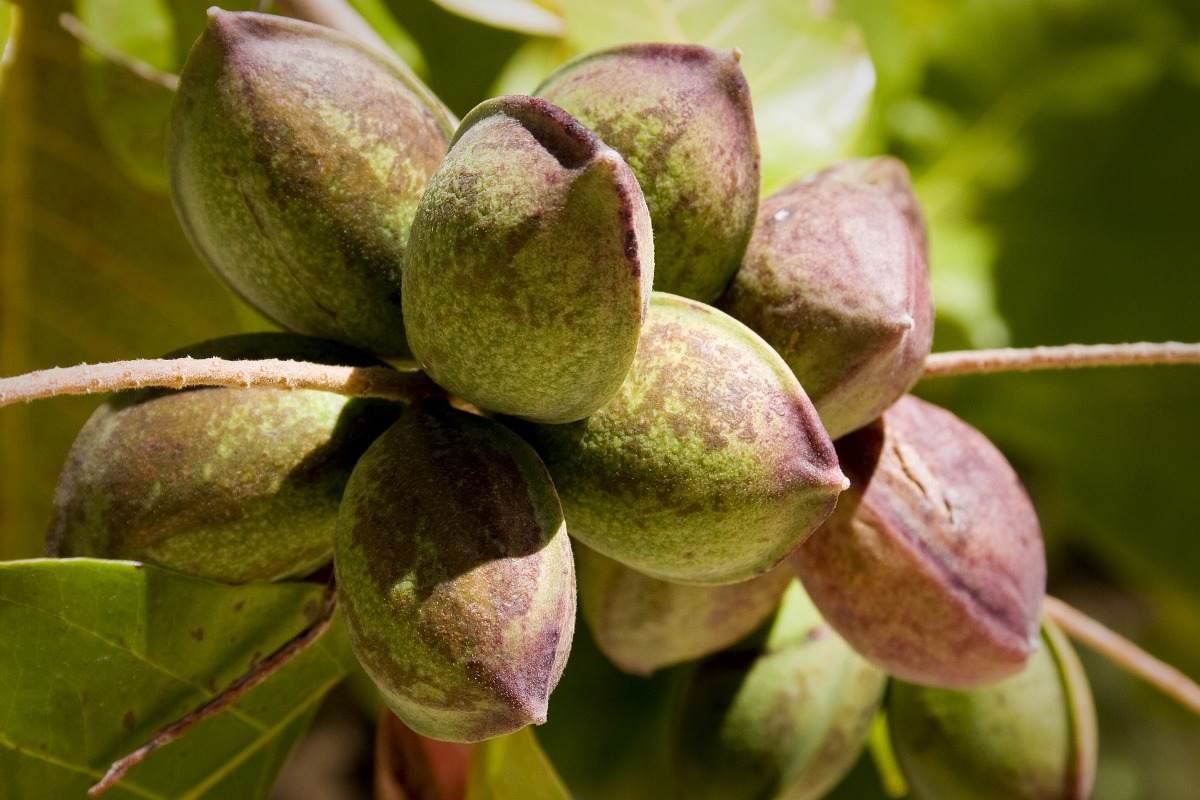

Therefore, when watering, always check the top of the soil first.

Regular misting or setting the ficus tree on a pebble tray filled with water is a great way to increase their humidity, but keep in mind that while they like high humidity, they don’t like overly wet roots.

When growing ficus indoors, it’s important to maintain a relatively high humidity around the plant. Cold drafts from windows or doors will harm them, so make sure to place them somewhere where drafts will not be an issue. (16 C.) and actually prefer temperatures above 70 degrees F. They need to be kept in temperatures above 60 degrees F. Bright, direct light may result in scalding of the leaves and leaf loss.įicus trees also cannot tolerate low temperatures or drafts. Most ficus trees enjoy bright indirect or filtered light with variegated varieties happily able to take medium light. In recent years, some imaginative nurseries have started to take advantage of their pliable trunks to braid or twist the plants into different forms. Their leaves can be either dark green or variegated. It’s a member of the Ficus genus of plants, which also includes rubber trees and fig fruit trees, but when it comes to houseplants, most people refer to a weeping fig ( Ficus benjamina) as simply a ficus.įicus trees can maintain their tree-like shape regardless of their size, so this makes them ideal for bonsais or for massive houseplants in large spaces. What is commonly referred to as a ficus is technically a weeping fig.
FINICKY PLANTS HOW TO
However, if you know how to care for a ficus tree, you’ll be better equipped with keeping it healthy and happy in your home for years. For all of their popularity though, ficus plants are finicky. Ficus trees are a common plant in the home and office, mainly because they look like a typical tree with a single trunk and a spreading canopy.


 0 kommentar(er)
0 kommentar(er)
